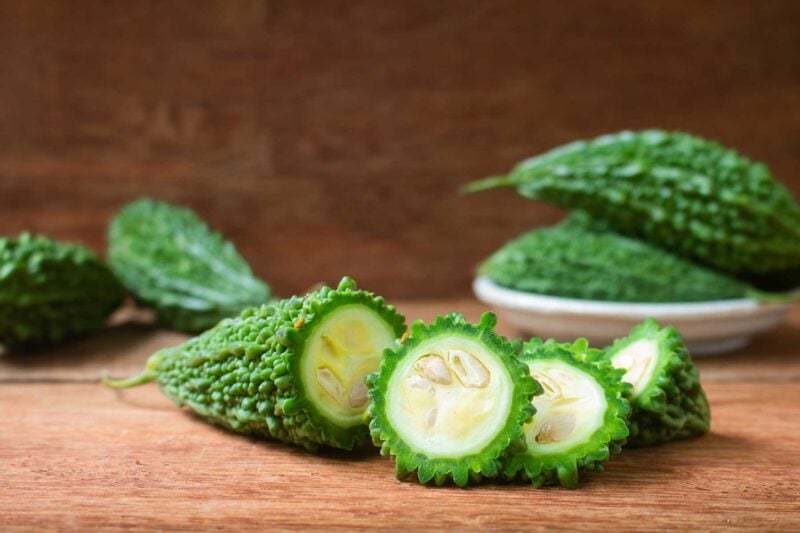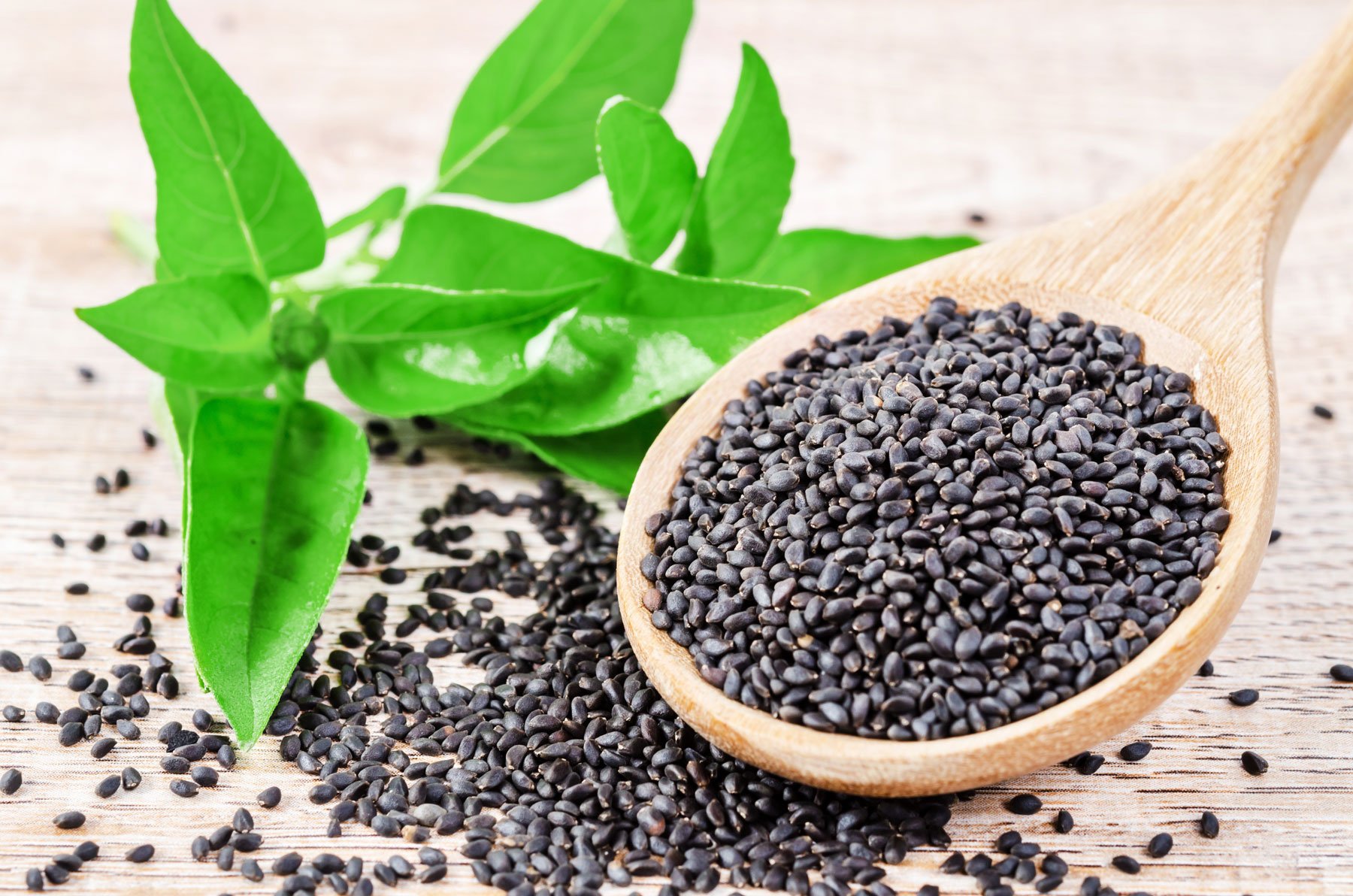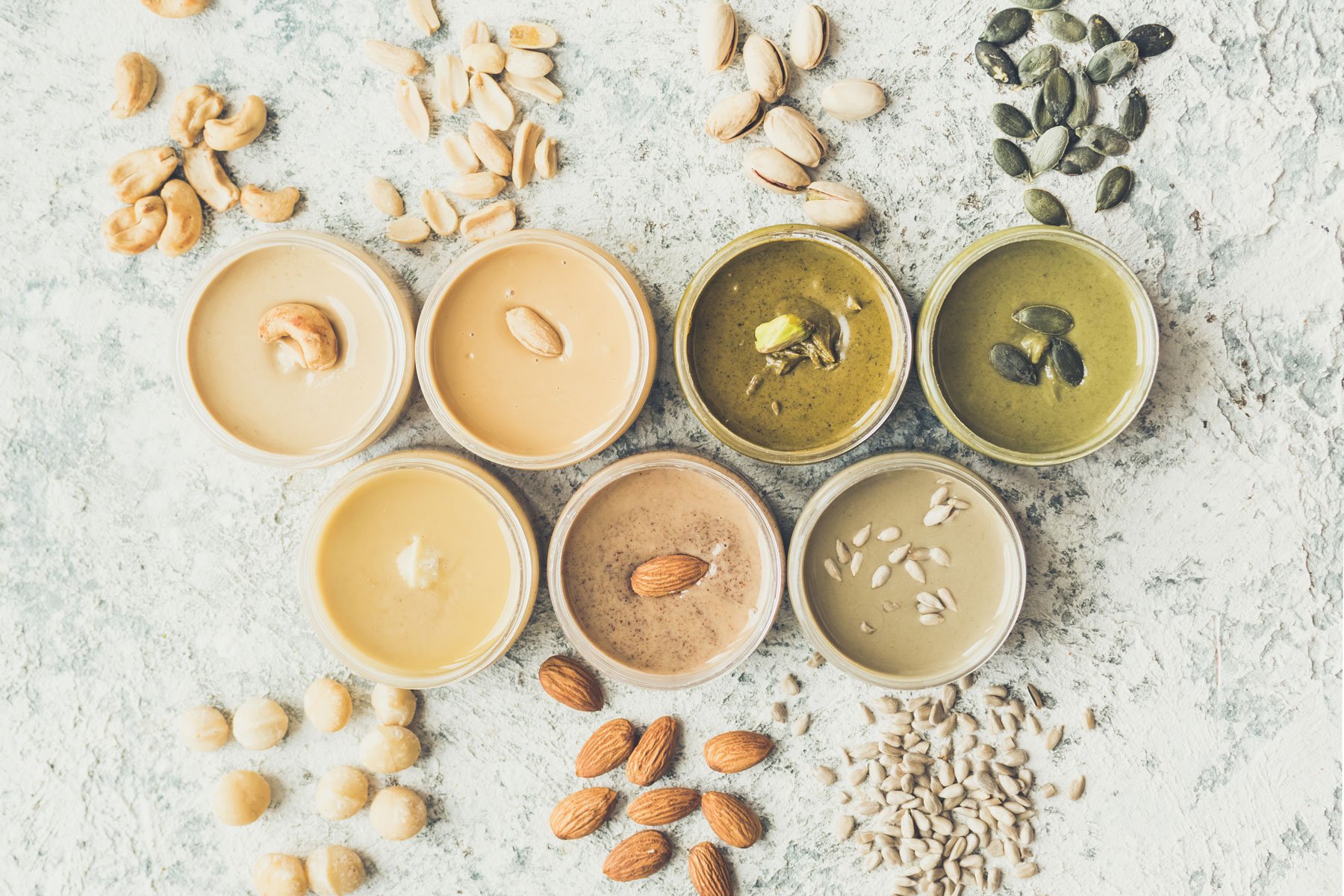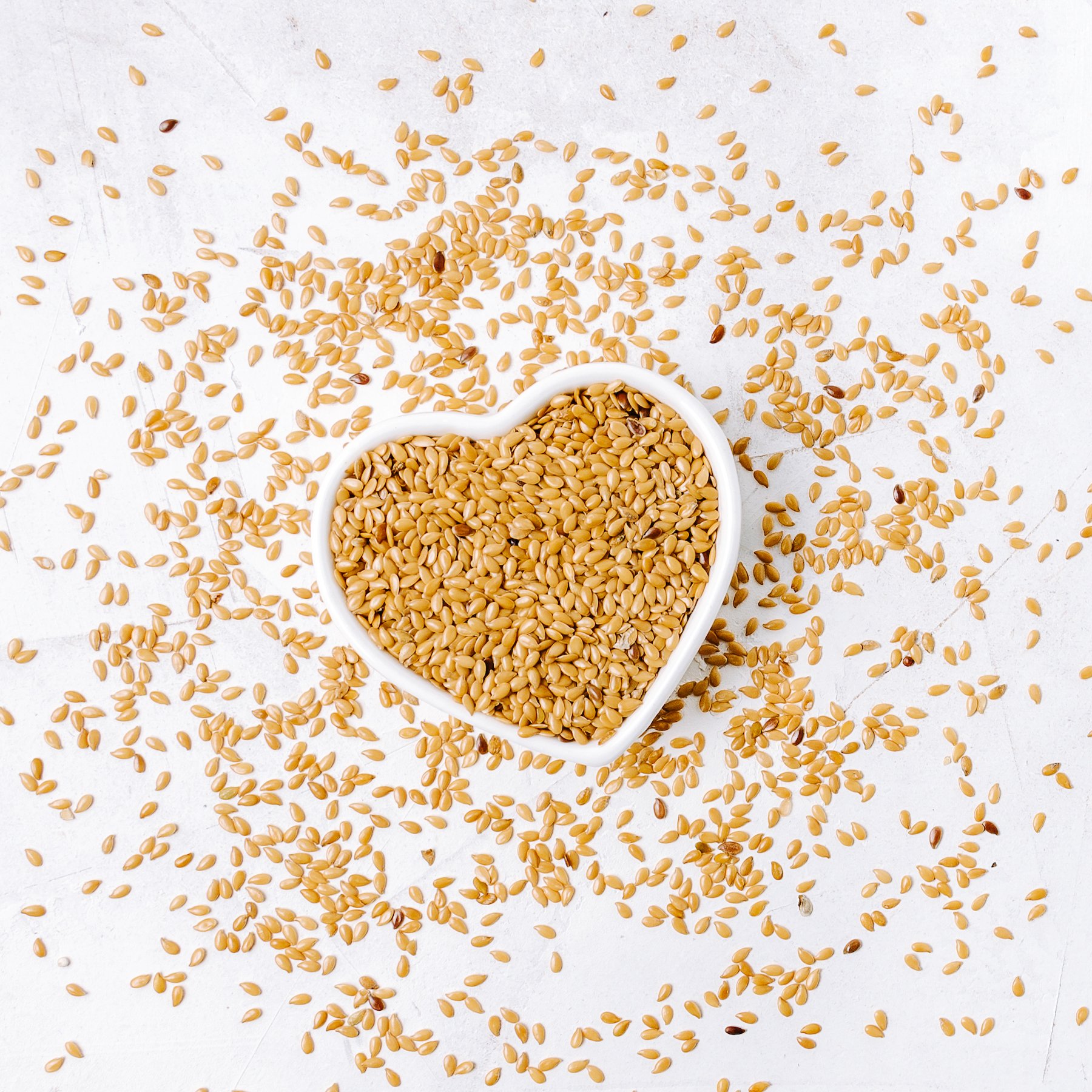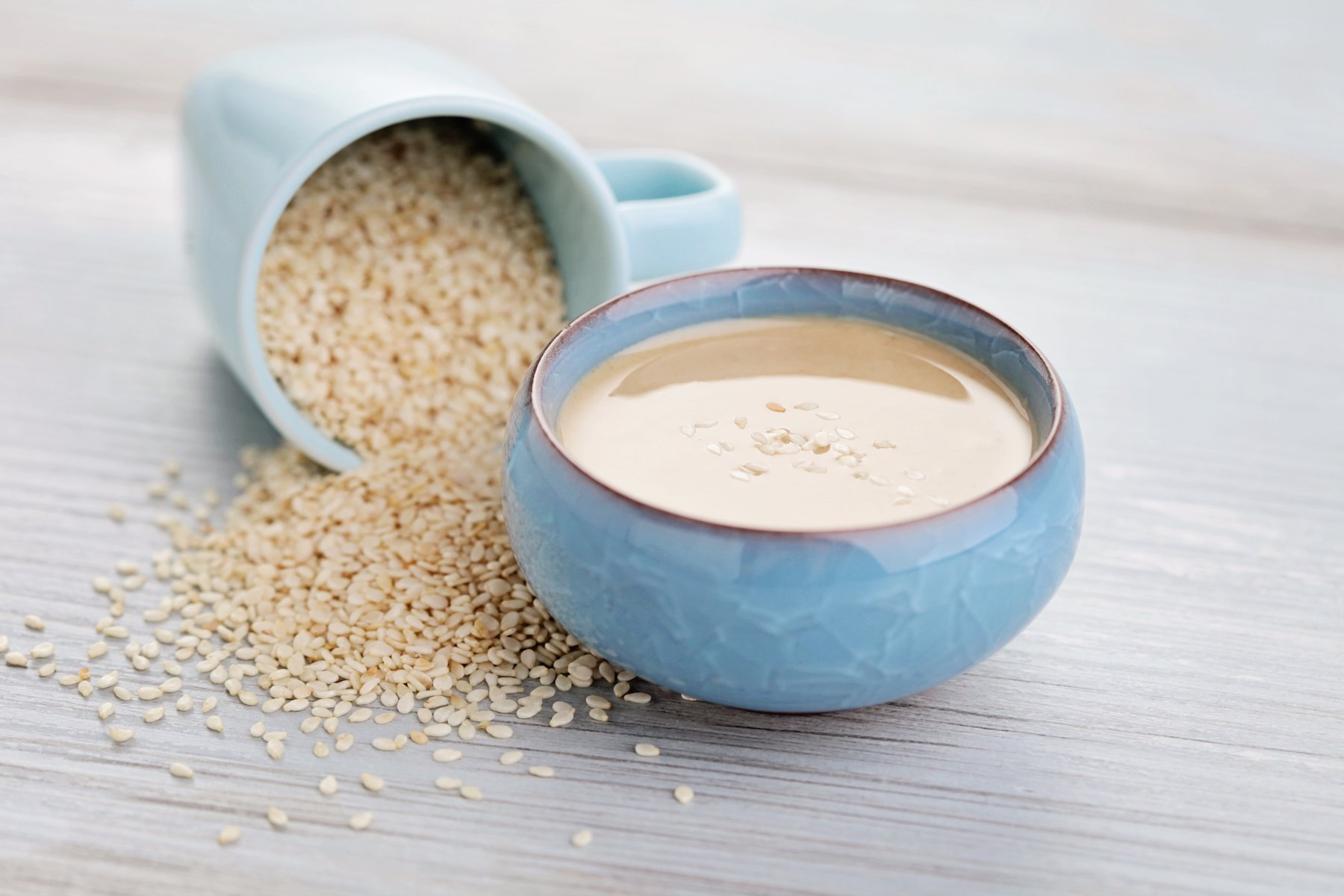Bitter Melon Basics
Bitter melon—also known as bitter gourd, bitter squash, balsam pear, goya, and karela—is produced by a vining plant that grows in hot, humid climates. This fruit, which is treated like a vegetable in most culinary applications, has historically been used in a variety of Asian countries, Africa, and the Caribbean; but it’s also gaining popularity in the U.S., where it’s consumed as a food, drink, and supplement (it can be grown in states like Florida).
There are two main categories of bitter melon: the Chinese type, which is oblong and green, similar to a cucumber but with wrinkled, bumpy skin, and the Indian type, which is shorter with much spikier bumps and green skin. Bitter melon is not sweet, and it has a savory, “piercing bitterness,” as described by one food critic, but this can be mellowed to a pleasantly pungent flavor with various cooking techniques. Just be sure to eat bitter melon when it’s green—as it ripens, it turns a yellow-orange and becomes too bitter for even the most adventurous eaters.
From a nutritional standpoint, bitter melon is low in calories and carbs and contains a bit of fiber, so it’s unlikely to spike blood sugar levels. One cup of cooked bitter melon contains 24 calories, 1 g protein, 0 g fat, 5 g carbohydrates, 2.5 g fiber, 2 g sugar, and 7 mg sodium. It also has carotenoid antioxidants (beta-carotene, lutein, zeaxanthin) and significant levels of some micronutrients—vitamin C (46–55% RDA), folate (16% RDA), and potassium (9–12% RDA).
Bitter Melon’s Metabolic Punch
Not only is bitter melon a culinary ingredient, but it’s long been used as a traditional medicine for treating diabetes in places like Asia, Africa, and the Caribbean. That’s because it appears to be a powerful tool for lowering blood sugar and improving other metabolic risk factors—which has been demonstrated in a number of lab and animal studies as well as a few preliminary human trials. Just keep in mind: All studies have been conducted using some type of bitter melon extract, so consuming bitter melon in its whole-food form may not have the same impact.
In a 2023 study, people with prediabetes were given either a daily 2,400 mg bitter melon extract supplement or a placebo for 12 weeks. They also underwent an oral glucose tolerance test (OGTT) at baseline and at the end of the study. The result: After 12 weeks, the bitter melon group experienced a reduction in their post-OGTT blood sugar levels compared to the placebo group. They also had lower levels of glucagon—a hormone that prompts the liver to release stored glucose into the bloodstream via glycogenolysis. Researchers speculate that this suppression in glucagon may be one mechanism by which bitter melon lowers blood glucose.
In another trial from 2020, people with Type 2 diabetes taking 2,380 mg of bitter melon extract per day for 3 months experienced a small but statistically significant reduction in fasting blood glucose levels compared to a placebo group, but there was no reduction in HbA1C. However, in a 2018 study, people with Type 2 diabetes taking 2,000 mg of bitter melon extract per day for 3 months did have a reduction in HbA1C, along with a decrease in waist circumference. Additionally, results from a 2012 study suggest that bitter melon supplementation helped reduce waist circumference and the incidence of metabolic syndrome. Reducing waist circumference is good, in part, because abdominal obesity is associated with insulin resistance.
But how, exactly, is bitter melon having these effects? Three main phytochemicals isolated from bitter melon fruit and seeds have been shown to have blood glucose-lowering effects: polypeptide-p (a protein), charantin (a triterpenoid), and vicine (a glycol alkaloid). It’s not clear how all of these work, but polypeptide-p does appear to mimic the effects of insulin in the body—meaning, it helps increase uptake of glucose from the bloodstream into cells.
Other proposed mechanisms for bitter melon’s anti-diabetic effects include reduced intestinal glucose absorption, preservation of insulin-producing pancreatic beta cells, suppression of enzymes involved in gluconeogenesis (when the body produces its own glucose from non-carb sources), and altering the expression of genes involved in fat metabolism. Bitter melon also has anti-inflammatory and antioxidant effects, which may counter insulin resistance.
Although studies have largely been done using bitter melon extracts, there’s reason to believe eating bitter melon fruit supports good health, too. After all, bitter melon is a dietary staple among people in Okinawa, Japan—one of the longest-living populations in the world.
Bitter Melon Buying Advice
Bitter melon still isn’t mainstream in the U.S. just yet, so don’t expect to find it at your local grocery store. But it can be found in many Asian and Indian markets, some online produce retailers that ship across the country, and at farmer’s markets in southern states like Florida.
As mentioned, there are two main types of bitter melon—the long, bumpy Chinese type and the shorter, spikier Indian type, both of which have a crunchy texture and intensely bitter flavor that mellows with cooking. Whichever you buy, always select underripe, green bitter melons, which are slightly less bitter than their ripe, yellow-orange counterparts. Bitter melon can be stored in the refrigerator for up to a week.
Tips for Using Bitter Melon
You can eat bitter melon raw, but many people prefer it cooked, which mellows out its bitter flavor. You can also simmer bitter melon slices into a simple tea or use raw bitter melon in smoothies or juices along with other fruits and vegetables.
Typical preparation involves rinsing the bitter melon under water, slicing lengthwise, scooping out the fibrous white core and seeds, and then slicing the fruit into thin half-rounds, which can be further diced—although specific preparation may depend on the recipe.
From there, you can salt it and squeeze out the excess juice or parboil it for 2-3 minutes, both of which help minimize the plant’s bitterness. Bitter melon works well in stir-fries and curry recipes that balance its bitterness with salty, sweet, and umami flavors. You’ll often see it paired with ingredients like garlic, chilies, fermented black beans, tamarind, coconut, sesame oil, pork, and beef.
Ideas for Eating Bitter Melon
It can be tricky to get bitter melon just right, so here are some recipes to get you started:
- Bitter melon stir-fries: There are countless ways to stir-fry bitter melon. This simple Vietnamese stir-fry combines bitter melon, eggs, olive oil, fish sauce, and salt and pepper, making it the perfect blood-sugar-friendly breakfast. This Indian stir-fry channels the flavors of Kashmiri chili powder and turmeric for a low-carb side that pops on your palate. This hearty, Chinese-inspired stir-fry features fermented black beans, rice wine, and sesame oil. (Try to choose one of these preferred oils when stir-frying.)
- Indian bitter melon curry: Bitter melon is a staple ingredient in the traditional Indian dish pavakka theeyal—a sweet, spicy, and tangy curry that packs big flavor thanks to ingredients like fresh coconut, coriander, fenugreek, dry red chilies, and turmeric.
- Bitter melon smoothie: If you’re a fan of bitter flavors, toss a few slices of bitter melon into your next blend for an extra bite. Or try this spiced mango and bitter melon smoothie featuring yogurt, bitter melon, mango, cardamom, and cayenne. Consider using half of the suggested mango to keep sugar content in check.
- Bitter melon tea: Making bitter melon tea is as simple as slicing it into half-rounds and simmering in water for about 10 minutes.
What About Bitter Melon Supplements?
Bitter melon supplements are typically available in capsule form in amounts ranging from 500-1250 mg, taken two to three times daily. They appear to have some benefit for helping manage blood sugar levels—all of the promising human studies mentioned above (and others) utilized bitter melon extract in amounts ranging from 2,000-4,800 mg per day.
These supplements appear safe for many people to use for up to around 4 months—but beyond that, it’s hard to say since longer-term studies have not been conducted. Side effects aren’t common but may include dizziness, headache, low blood sugar, and GI issues such as abdominal pain, heartburn, constipation, diarrhea, nausea, and vomiting.
Pregnant and breastfeeding women should definitely avoid bitter melon supplements. So should people taking insulin or other blood glucose-lowering agents, like Metformin—at least until they consult their doctor. That’s because bitter melon may have an additive effect and increase the effectiveness of these medications, which could put someone at risk for hypoglycemia, or low blood sugar.
Since bitter melon isn’t a vitamin or mineral, there’s no standard dose recommended for most people—so it’s always a good idea to talk with an appropriate healthcare provider about the pros, cons, and how much you should take.
 See how what you eat affects your metabolic health
See how what you eat affects your metabolic health
The best way to understand whether bitter melon can improve your blood sugar is with a continuous glucose monitor and an app like Levels to help you understand your data. Levels members get access to the most advanced CGMs and personalized guidance to build healthy, sustainable habits. Click here to learn more about Levels.
